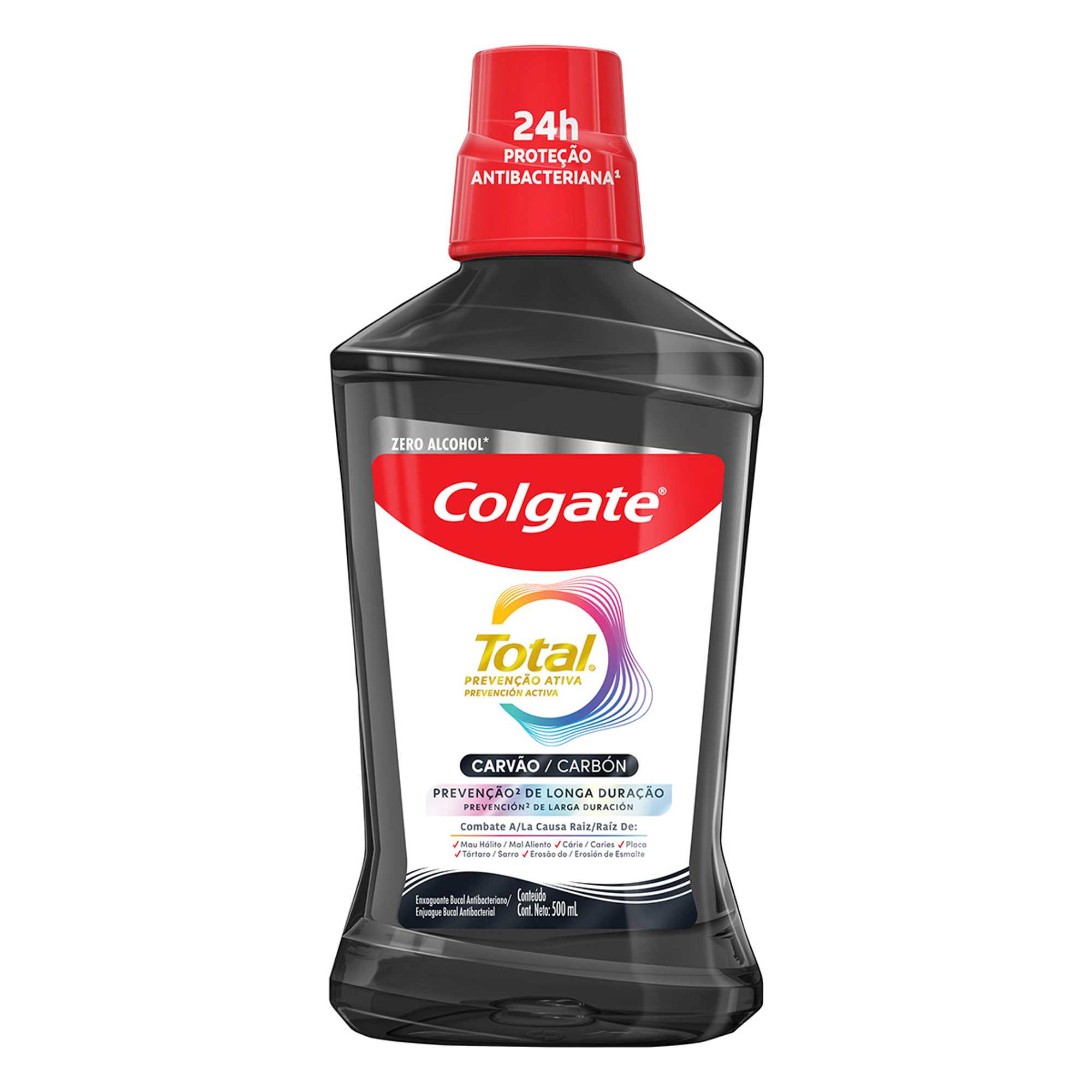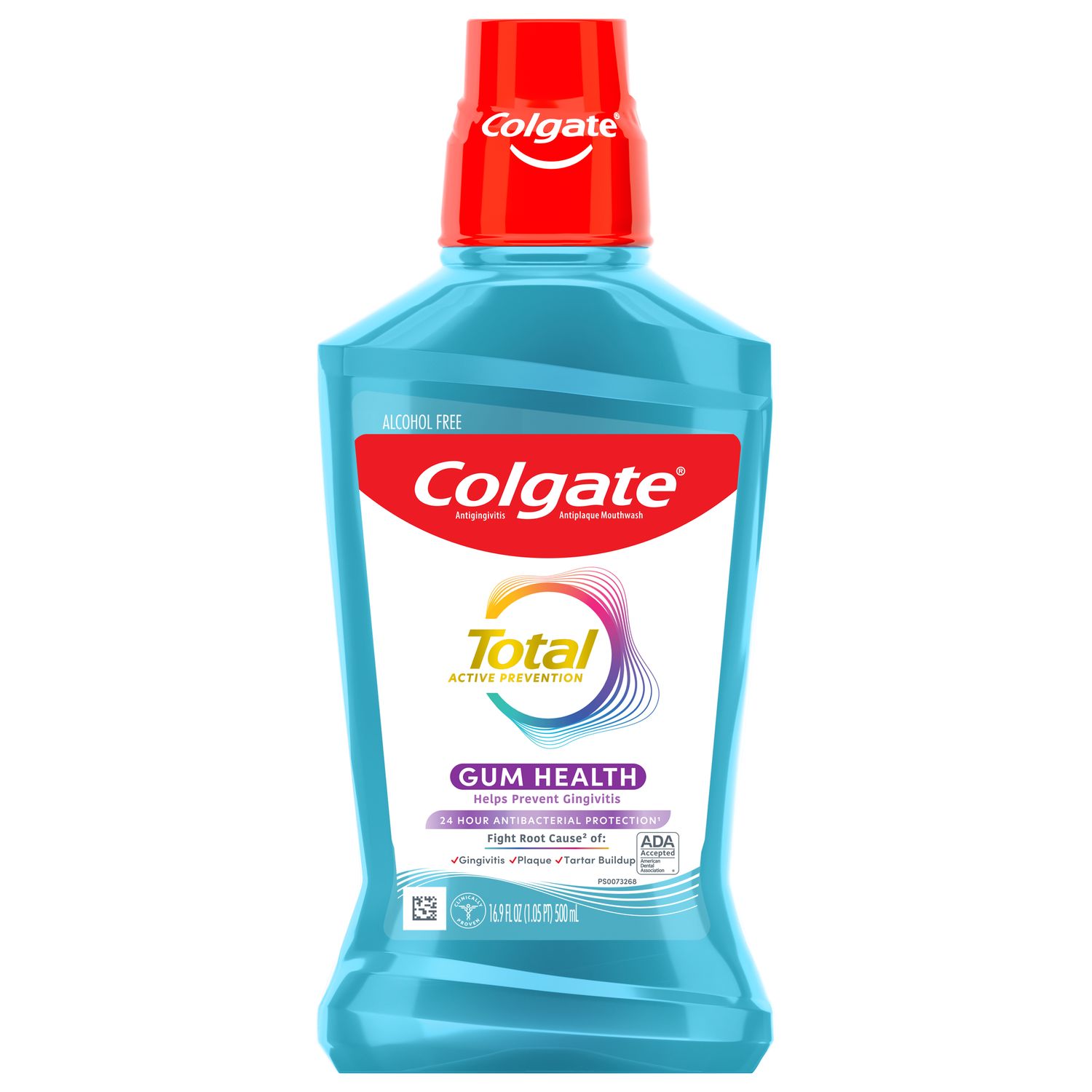We all have a labial frenulum. Inside your mouth, it's the thin tissue connecting your upper lip to your upper gums just above your front teeth. (It's technically a superior labial frenulum in your upper mouth, which we'll be discussing.)
But so that you know, the labial frenulum is more prominent in babies and young children. We also want to assure you that if your infant or toddler has a labial frenulum issue, which is uncommon, it's usually something that heals over time. Nevertheless, we'll let you know how you can treat an issue if it arises.
Lip Ties in Infants
If your infant's labial frenulum extends completely down the gums to the tooth line, it could be what's known as an upper lip tie. While uncommon, babies with lip ties can have difficulty breastfeeding, according to a case report in the Archives of Craniofacial Surgery.
But difficulty doesn't mean impossibility. A position statement issued by the Australian Collaboration for Infant Oral Research (ACIOR) in the journal Australasian Dental Practice states that a surgical procedure isn't needed for breastfeeding an infant with a lip tie. La Leche League International offers breastfeeding techniques to address this issue. Or you can arrange for a personalized consultation with a breastfeeding expert.
However, if your baby's lip tie prevents breastfeeding, a surgical procedure, known as a frenotomy, typically can correct it. Successful surgery and post-op usually occur as follows:
- The procedure itself involves removing the part of the labial frenulum extending beyond the normal range, often using a dental laser.
- Your baby most likely will be able to breastfeed immediately. The release of the lip tie allows the infant's mouth to open wider and attach more easily. Few babies need medication after the procedure.
- You should stretch and massage the labial frenulum several times a day for several weeks to ensure:
- The area heals properly.
- The tissue doesn't reattach.
If your baby doesn't have surgery, be assured that the labial frenulum tissue usually corrects itself over time as your child grows. For extra assurance, take your baby to the dentist by their first birthday. That way, your dental professional can identify any oral disorders. And your child can become familiar with the dental office and the professionals who work there.
Did You Know? An upper lip tie can create a gap between the two front baby teeth, known clinically as a diastema. This gap might also affect permanent teeth.
Labial Frenulum Injuries
According to the Textbook and Color Atlas of Traumatic Injuries to the Teeth, labial frenulum injuries are relatively common in toddlers learning to walk. Since toddlers often tumble with their mouths open, they might fall against hard objects that can bruise or tear the frenulum. (You've seen what happens: One minute laughter, the next minute sobs.)
Also, injury to the labial frenulum can be a sign of forcible bottle-feeding. So, if you notice a child with a labial frenulum tear who hasn't had a recent fall, you might want to seek support.
In most cases, a torn frenulum is no cause for concern and will repair on its own. If the wound is deep, though, it might require stitches or at least a checkup with a health professional.
The level of labial frenulum attachment varies with each person. So, go ahead, conduct a family anatomy lesson by having everyone lift their upper lips to see how each person's labial frenulum is attached. And definitely check out your baby's frenulum to ensure it's healthy. Also, watch for any injuries as your child grows and starts to walk. That tiny tissue has major importance for your baby's health.
Oral Care Center articles are reviewed by an oral health medical professional. This information is for educational purposes only. This content is not intended to be a substitute for professional medical advice, diagnosis or treatment. Always seek the advice of your dentist, physician or other qualified healthcare provider.
ORAL HEALTH QUIZ
What's behind your smile?
Take our Oral Health assessment to get the most from your oral care routine
ORAL HEALTH QUIZ
What's behind your smile?
Take our Oral Health assessment to get the most from your oral care routine















